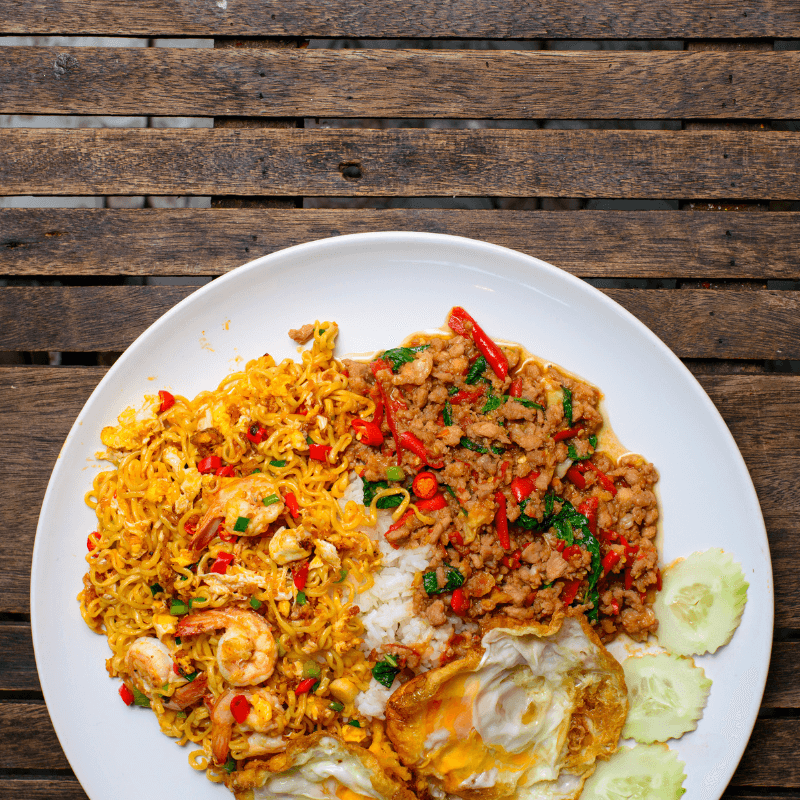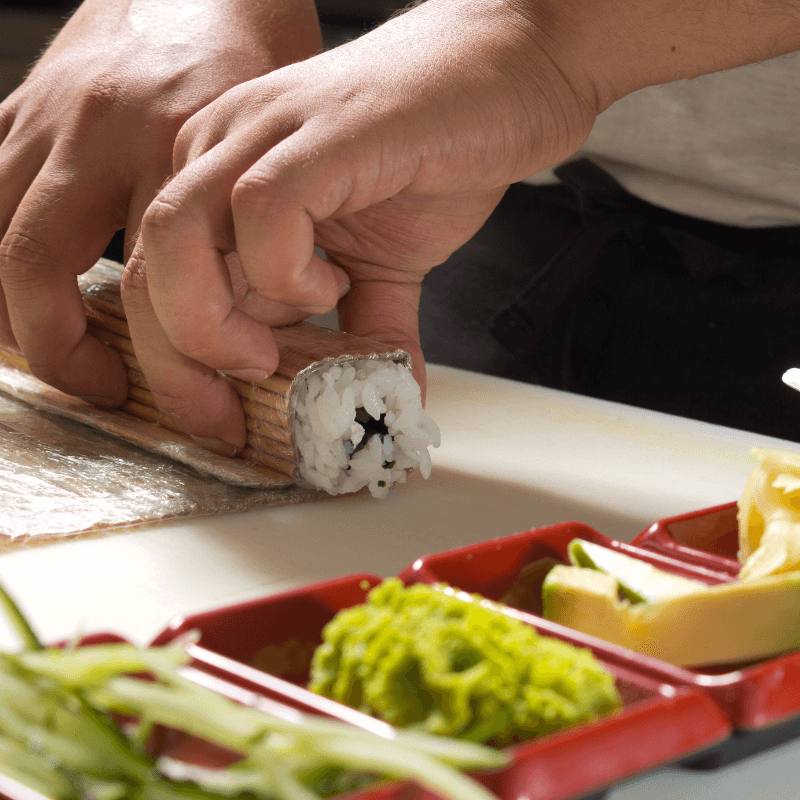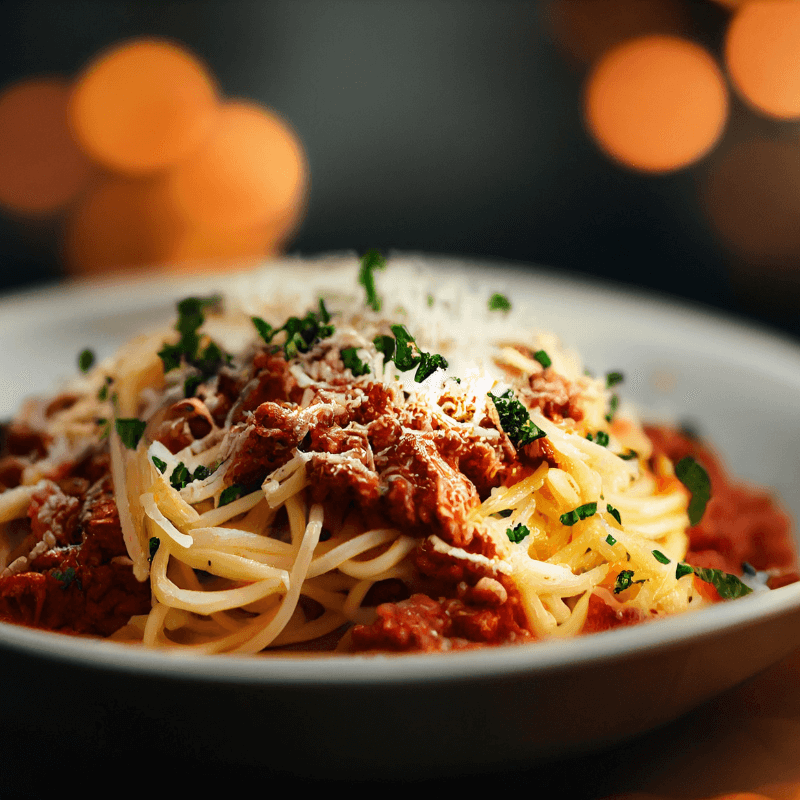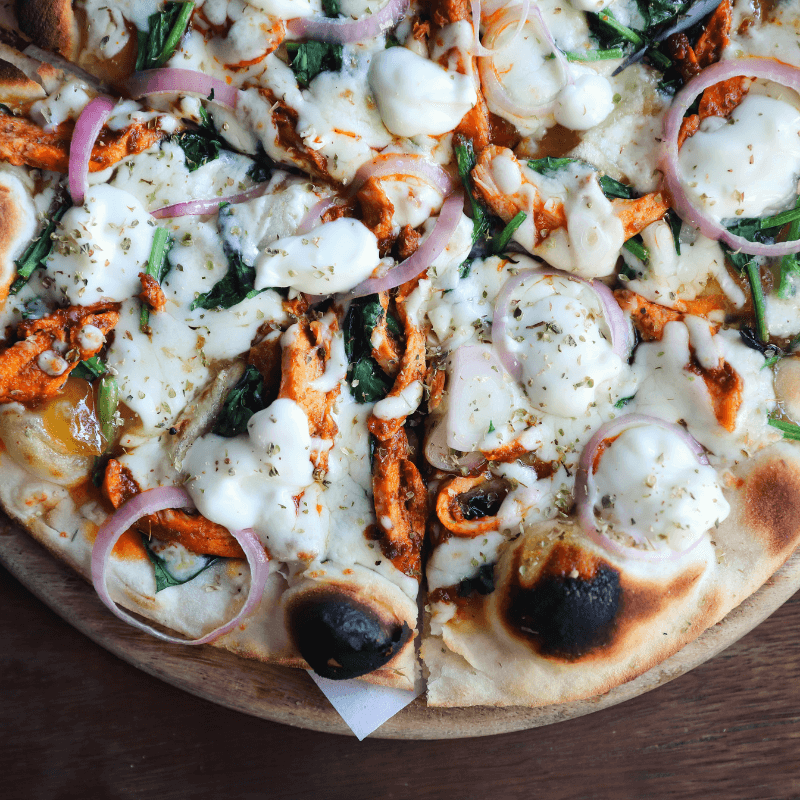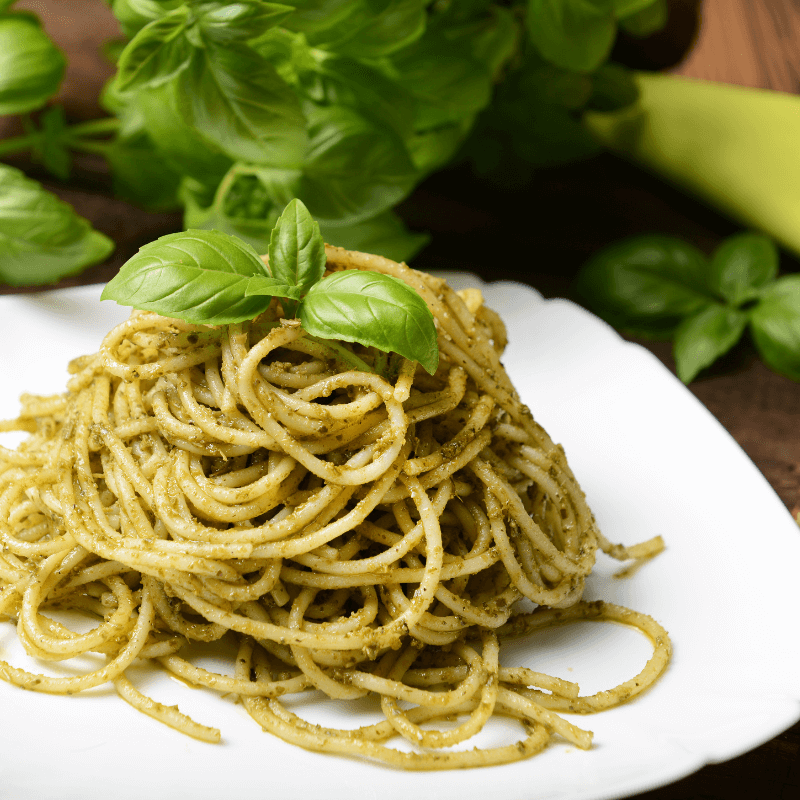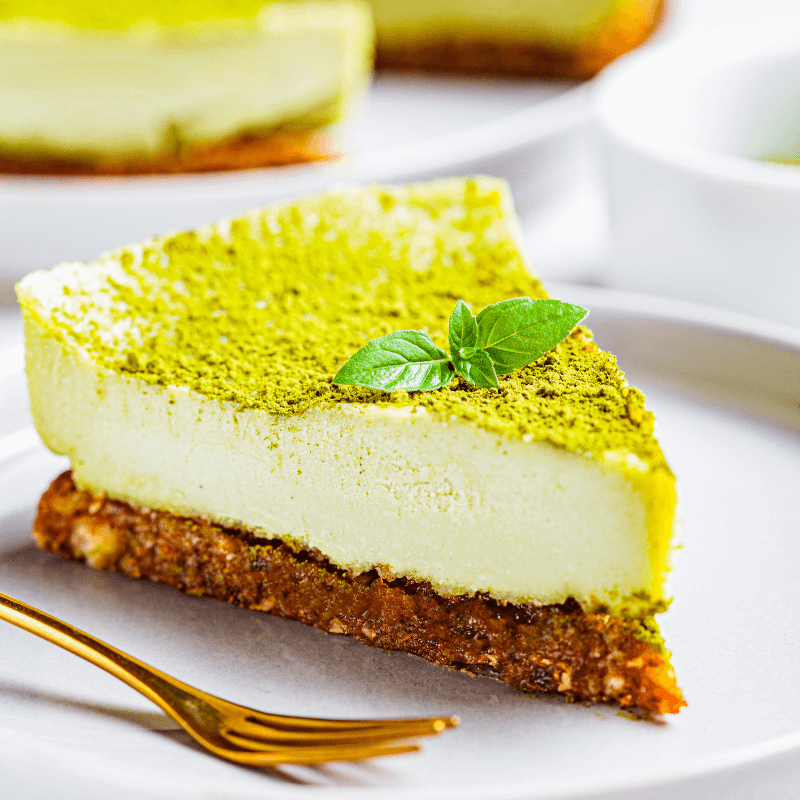
Discover the Magic of Fusion Cuisine: East Meets West in These Unique Recipes
Dive into the world of fusion cuisine and discover the magic of East meets West with our unique recipes. Learn tips and tricks for creating flavorful dishes, explore must-have kitchen essentials, and let your culinary creativity soar!
The Magic of Fusion Cuisine
Have you ever embarked on a culinary adventure where disparate food cultures intertwine, forging a unique gastronomic landscape? Welcome to the world of fusion cuisine - the compelling confluence of East and West in the realm of food. Imagine the aroma of fresh herbs and the resonating sizzle of stir-fry. Picture the tenderness of a succulent piece of meat, elevated with an unexpected but welcome splash of umami. These sensory experiences encapsulate fusion cuisine – a culinary journey that broadens horizons, challenging our taste buds with novel and unpredictable combinations.
Fusion Cuisine: An Intricate Blend of Culinary Cultures
Fusion cuisine is more than merely a mishmash of foods from various regions. It's a well-crafted blend of culinary traditions, marrying disparate techniques and ingredients into harmonious, savory creations. Imagine biting into a sushi burrito, where the sophistication of Japanese sushi collides with the hearty warmth of a Mexican burrito. Envision the tantalizing complexity of Korean tacos, in which the zesty, peppery punch of Korean cuisine infuses the comfort-food feel of classic Mexican tacos. These represent the exciting essence of fusion cuisine - a continuous exploration of uncharted culinary territories.
Venturing into Fusion Cuisine at Home
Embracing fusion cuisine doesn't necessitate dining out or traveling the globe. Your kitchen can become the staging ground for this culinary exploration. Get adventurous with quintessential ingredients from around the world. Even a simple dash of soy sauce in your traditional spaghetti bolognese could unlock a novel layer of umami, adding an Asian twist to a Western staple.
The Top 10 Must-Have Products for Fusion Cuisine
Setting sail on this gastronomic journey requires a well-equipped kitchen. Here are ten products indispensable to any fusion cuisine enthusiast:
- Wok - The perfect vessel for stir-frying, deep-frying, and more.
- Soy Sauce - The epitome of umami, essential to many Asian dishes.
- Olive Oil - A cornerstone of Western cooking, known for its richness and depth of flavor.
- Rice Cooker - To guarantee perfectly cooked grains every time.
- Spices (Turmeric, Paprika, Cumin) - These add warmth and complexity to any dish.
- Fresh Herbs (Cilantro, Basil) - A vibrant counterbalance to rich dishes.
- Rice Vinegar - Adds subtle acidity and sweetness, vital for achieving balance in fusion dishes.
- Gourmet Cheese - Incorporate a savory Western touch to your creations.
- Sesame Oil - Its distinctive aroma can impart a distinctly Asian flavor profile.
- A Quality Chef’s Knife - Fundamental for any culinary venture.
The Art of Flavor Layering
Mastering fusion cuisine involves understanding the art of flavor layering. It's about learning how to harmonize sweet, sour, salty, and bitter elements - the four pillars of culinary artistry. When perfectly balanced, a dish can reach new heights, as in the play of cumin's earthy warmth against the sweet, licorice-like undertones of star anise.
Exciting Fusion Recipes to Try
Ready to explore? Here are two fusion recipes that blend Eastern and Western culinary traditions:
East-West Sushi Rolls: The comforting familiarity of sushi takes on a twist with the creaminess of avocado and a splash of zesty salsa.
Ingredients:
- 2 cups sushi rice
- 3 cups water
- 3 tbsp rice vinegar
- 2 tbsp sugar
- 1 tsp salt
- 10 sheets nori (seaweed)
- 1 cucumber, julienned
- 1 avocado, sliced
- 1 cup cooked shrimp, peeled and deveined
- 1/2 cup salsa
Instructions:
- Combine sushi rice and water in a rice cooker and cook according to the instructions.
- In a small saucepan, combine rice vinegar, sugar, and salt. Heat over medium heat until sugar and salt dissolve. Cool and mix with the cooked rice.
- Place a sheet of nori on a bamboo sushi mat. Wet your hands and spread sushi rice evenly on the nori.
- Arrange cucumber, avocado, and shrimp in a line down the center of the rice. Roll tightly using the bamboo mat.
- Cut the sushi roll into bite-size pieces using a sharp knife. Serve with salsa on the side for dipping.
Asian-style Spaghetti Bolognese: An Italian classic gets an Asian spin with the addition of soy sauce and sesame oil, lending a new depth to the traditional tomato-based sauce.
Ingredients:
- 1 lb spaghetti
- 2 tbsp olive oil
- 1 onion, finely chopped
- 2 garlic cloves, minced
- 1 lb ground beef
- 1 can (28 oz) crushed tomatoes
- 2 tbsp soy sauce
- 1 tbsp sesame oil
- Salt and pepper to taste
Instructions:
- Cook spaghetti according to package instructions. Drain and set aside.
- Heat olive oil in a large pan over medium heat. Add onion and garlic, sautéing until fragrant.
- Add ground beef, breaking it up with a spoon. Cook until no longer pink.
- Add crushed tomatoes, soy sauce, and sesame oil to the pan. Simmer for 15-20 minutes.
- Season with salt and pepper to taste. Serve the sauce over the cooked spaghetti.
Tandoori Chicken Pizza
Ingredients:
- Pizza dough (store-bought or homemade)
- 1/2 cup tandoori paste
- 1/2 cup plain yogurt
- 2 chicken breasts, cut into bite-sized pieces
- 1/2 red onion, thinly sliced
- 1 bell pepper, thinly sliced
- 1 cup shredded mozzarella cheese
- Fresh cilantro leaves for garnish
Instructions:
- Preheat oven to 475°F (245°C). If you have a pizza stone, place it in the oven while it preheats.
- Mix tandoori paste and yogurt in a bowl. Add chicken pieces and toss to coat.
- Roll out pizza dough to desired thickness and place on a piece of parchment paper.
- Spread a thin layer of the tandoori-yogurt mixture on the pizza dough, leaving a border for the crust. Arrange onion, bell pepper, and tandoori chicken pieces on top. Sprinkle with mozzarella cheese.
- Carefully transfer the pizza (along with the parchment paper) onto the preheated pizza stone or onto a baking sheet. Bake for 12-15 minutes, or until crust is golden and cheese is bubbly and slightly browned.
- Remove from oven and garnish with fresh cilantro leaves before slicing and serving.
Thai Basil Pesto Pasta
Ingredients:
- 2 cups fresh Thai basil leaves
- 1/2 cup roasted unsalted peanuts
- 3 garlic cloves, peeled
- Zest and juice of 1 lime
- 1/2 cup extra-virgin olive oil
- 1/2 cup grated Parmesan cheese
- Salt and pepper to taste
- 1 lb pasta of choice
- Optional: red chili flakes for added heat
Instructions:
- In a food processor, combine Thai basil, peanuts, garlic, lime zest, and lime juice. Pulse until finely chopped.
- With the processor running, slowly pour in the olive oil until well combined. Transfer the mixture to a bowl, and stir in the Parmesan cheese. Season with salt and pepper, and add chili flakes if desired.
- Cook pasta according to package instructions. Reserve 1 cup of pasta water before draining.
- Toss the cooked pasta with the Thai basil pesto, adding reserved pasta water as needed to loosen the sauce. Serve immediately.
Matcha Cheesecake
Ingredients:
- 1 1/2 cups graham cracker crumbs
- 1/2 cup unsalted butter, melted
- 2 tbsp sugar
- 3 (8 oz) packages cream cheese, softened
- 1 cup sugar
- 3 eggs
- 1 cup sour cream
- 1 tsp vanilla extract
- 2 tbsp matcha powder
Instructions:
- Preheat oven to 325°F (165°C). Combine graham cracker crumbs, melted butter, and 2 tbsp sugar in a bowl. Press into the bottom of a 9-inch springform pan.
- In a large bowl, beat cream cheese and 1 cup sugar until smooth. Beat in eggs, one at a time. Add sour cream and vanilla extract, and beat until smooth. Sift matcha powder over the cream cheese mixture, and beat until well incorporated.
- Pour the cream cheese mixture over the crust in the springform pan. Bake for 50-60 minutes, or until the center is set.
- Turn off the oven, crack the door open slightly, and let the cheesecake cool in the oven for 1 hour. Then, remove from the oven and let cool completely before refrigerating for at least 4 hours, or overnight.
- When ready to serve, remove the sides of the springform pan, and cut the cheesecake into slices.
Tips for Successful Fusion Cooking
- Begin with recipes you're comfortable with and gradually introduce unexpected elements.
- Always strive for flavor balance. A touch of sweetness can counteract heat, while sour notes can bring brightness and lift a heavy dish.
- Experiment fearlessly, but be mindful that not every combination works. Part of the charm is in the trial and error.
Culinary Stories from Fusion Cuisine
Take inspiration from the culinary journey of Chef Remy, who embodies the spirit of fusion cuisine. Born into an Indian family and later trained at a French culinary school, Chef Remy has seamlessly merged these two divergent cuisines, crafting mouth-watering dishes that narrate the story of his eclectic culinary heritage.
The Health Benefits of Fusion Cuisine
Fusion cuisine is not only a symphony for the senses but also a feast of nutritional benefits. The emphasis on fresh ingredients and balanced flavors often results in dishes rich in diverse nutrients.
FAQ: Fusion Cuisine Queries Answered
Q: What is fusion cuisine?
A: Fusion cuisine is an innovative culinary style that merges traditions from two or more regions, resulting in inventive dishes that defy categorization.
The Endless Possibilities of Fusion Cuisine
As our exploration suggests, fusion cuisine is an expansive and thrilling realm, bearing testimony to the limitless culinary creativity when diverse cultures meet. Have you dabbled in fusion cuisine in your kitchen? We'd love to hear your culinary stories and favorite fusion recipes!
If this gastronomic journey has captivated your senses, share this article with fellow food enthusiasts. Remember, the world of fusion cuisine offers boundless opportunities for culinary innovation, so keep experimenting and stay tuned for more flavorful adventures!
Cozy Up with a Bowl of One-Pot Tortellini Soup: A Perfect Comfort Food


